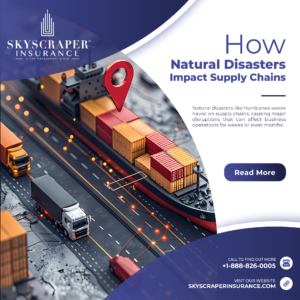Here are three consequences of the coronavirus pandemic that can fuel positive change in the current workers’ comp structure.
With the COVID-19 crisis, more injured workers are using video chats to meet with health care providers.
COVID-19 is changing the way we live and will, no doubt, impact the future. This is a dark time, for sure, as we watch in real-time the virus spreading across the nation and the globe. Our smartphones ping with new statistics about the number of people infected and the death toll. The constant news cycle reminds us of the side effects of this pandemic, from the plunging economy to shrinking savings and retirement accounts. Many of us sit at home, working or not, coping with the unnatural and stressful conditions of “social distancing” and “shelter-at-home.”
Imagine what this means for an injured worker on workers’ compensation (WC), who is already coping with the stress of navigating a complex health care system. Add to this the uncertainty about their own risk of infection with COVID-19 and its consequences. It is too early to understand the full impact of the current pandemic on the WC system. But it seems likely that the crisis has the potential to negatively impact both the timeline for injured employees to return to work and the overall WC experience.
Health care providers (HCPs) are seeing an increased volume of patients with suspected COVID-19 infections who come for testing or referral to specialized care. This means they have less time to see patients with non-COVID-related issues, and this may lead to fewer total visits. Many provider practices are no longer seeing patients in person, which means an injured worker’s appointments may be delayed or missed. Even if the HCP has the ability to conduct virtual visits, it will be more difficult to clear an injured worker to return to work.
Shelter-in-place policies have ripple effects on services that employees may have previously relied on, such as public transportation, child care, home delivery or domestic help. Shopping is more difficult and requires extra effort and planning to maintain safety. There may be additional stressors at home such as children that are out of school.
Anxiety and depression are exacerbated in the current circumstances. Consider, for example, the uncertainty about when the current pandemic will subside, the personal risk of infection, the added uncertainty about job security, deteriorating personal finances, or the sudden change in social and family life due to social distancing. The pandemic makes the already tough situation of being injured and out of work even worse.
So, where is the silver lining?
Here are three consequences that can fuel positive change and improve the current system.
1. Restore trust and respect for HCPs
The pandemic is showing people how amazing HCPs are risking their own health and safety for the care of others. We often take these people for granted, and anyone who may have a callous opinion of the health care “system” should not assign blame to HCPs.
It is in times of crisis that the true character of HCPs is evident. Recall the renewed respect and appreciation for the first responders to the 9/11 attacks. Sometimes it takes a crisis to raise awareness and visibility of essential people.
2. Imbue empathy and compassion
Shelter-in-place policies give everyone an opportunity to walk in an injured worker’s shoes. Feeling isolated challenges our positivity, mental health and resiliency. People are receiving experiential training in what it feels like to be stuck at home and the many challenges it presents for daily living, family dynamics and social deprivation.
3. Expand human connection through technology
Widespread advisories to social distance and shelter in place have forced people to rely on technologies such as video conferencing for both work and personal needs. There is a dramatic rise in the use of “telemedicine” and “telerehab,” whereby providers are conducting routine office visits via a video connection. Although such “virtual” visits can’t serve all needs, they have been shown to be effective for many routine checkups and evaluations. Had the current pandemic not forced this adaptation, telemedicine and telehealth may have expanded at a much slower rate.
The crisis has highlighted the essential nature of regular human connection, and it can be a positive stimulus for the WC industry. Beyond telehealth, current technologies can be leveraged to maintain more frequent contact with injured workers. Text messaging, email, or in-app messaging can be used to check in with those employees in real-time to support improved return-to-work outcomes.
What does this all mean for WC?
Now, more than ever, it’s important to establish and maintain close connections with injured workers, whether you’re an employer, provider, carrier or administrator. The pandemic has increased uncertainty for everyone, and the antidote for uncertainty is information, transparency and support.
The experience will give everyone reason to advocate strongly for HCPs and their role in WC. It will help case managers become better advocates for their injured workers. It can accelerate the use of telehealth and other technologies for health and wellness care and catalyze an evolution to a more efficient and connected system.




